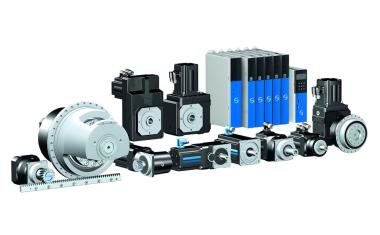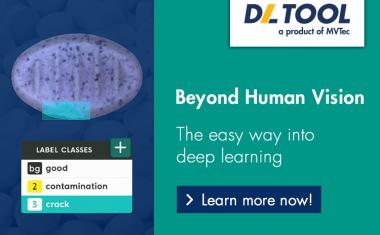Adapting test methods for optics to high-power laser components
In the cw-LIDT research project, the LZH is working together with Laseroptik and Raylase to adapt testing methods for optics to modern high-power laser components.
A limiting factor in developing new laser systems is the optical resilience of the components with which the laser radiation is generated and guided. These are necessary to achieve ever higher optical outputs. At the same time, there is a growing demand for low-weight optical components, for example, for use in galvanometer scanners in material processing.

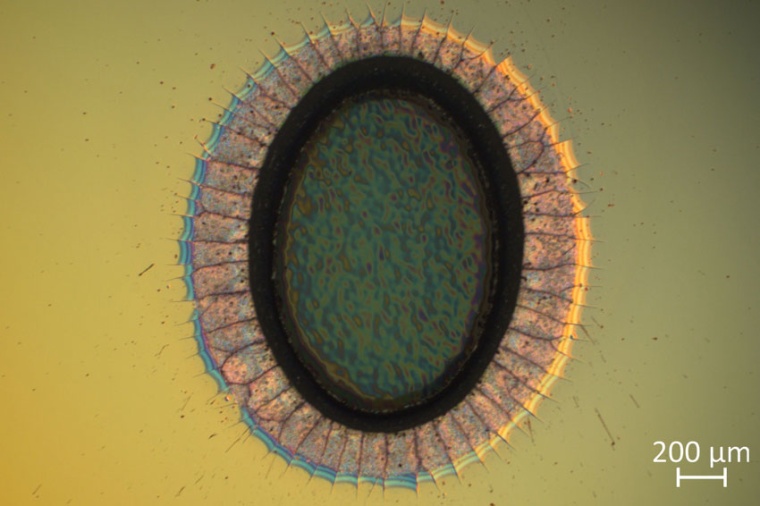
The scientists at the LZH are therefore developing measurement routines in the project to test and consequently guarantee the performance compatibility of such optics. In this context, the previous findings of the established optics tests cannot be transferred without further ado to modern optics with reduced geometry and therefore lower weight. For example, according to ISO standard 21254, the optics is irradiated at hundred positions. This is not possible with smaller surface areas, since the measuring points influence each other, for example through thermal conduction or thermal stresses.
With the new measurement routine, the photonic materials group of the LZH investigates different optics and uses the results to create models to make optics even more robust in the future. In doing so, they take into account different materials, geometries, and different manufacturing processes. Laseroptik develops optics coatings of the highest destructive strength adapted to special geometries. These components are then inserted into a deflection unit manufactured by Raylase and tested by the LZH close to the application, i.e. in the finished module and with parameters similar to the later application. The aim is to develop more stable scanner modules.
In the project “Standardized test method for high-performance optics in continuous wave operation” (cw-LIDT), the LZH is working together with Laseroptik, Garbsen, and Raylase, Wessling. The project is funded by the German Federal Ministry for Economic Affairs and Climate Action. (Source: LZH)
Company
RAYLASE GmbHArgelsrieder Feld 2+4
82234 Wessling
Germany
most read

Growth in machine vision thanks to AI software
The global machine vision market recorded revenues of $5.6 billion in 2024, representing a decline of 3.9% compared to 2023.

New member of the board of VDMA Robotics + Automation
Dr. Michael Jürgens, CEO of Kuka Robotics, has been appointed to the board of the VDMA trade association.

Debra Phillips gives keynote
The NEMA President and CEO will Headline SPS Atlanta 2025 with High-Impact Keynote: “Powering the Electric Future”
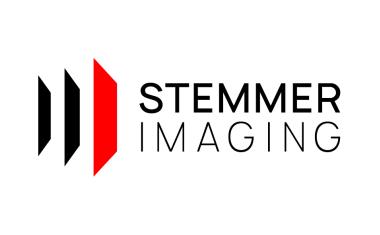
Change in management at Stemmer Imaging: Arne Dehn steps down
New interim CEO Paul Scholten takes over management
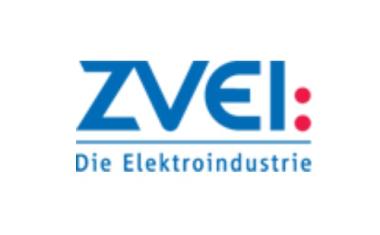
Process automation: slight growth in incoming orders in 2025
Incoming orders for measurement technology and process automation grew in the low single-digit percentage range worldwide between January and September 2025.





